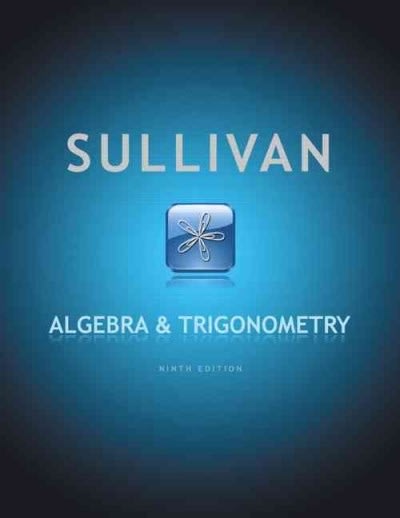Question
The Cohort Study Data for the cohort study were obtained from the population of all physicians listed in the British Medical Register who resided in
The Cohort Study
Data for the cohort study were obtained from the population of all physicians listed in the British Medical Register who resided in England and Wales as of October 1951. Questionnaires were mailed in October 1951 to 59,600 physicians. The questionnaire asked the physicians to classify themselves into one of three categories: 1) current smoker, 2) ex-smoker, or 3) nonsmoker. Smokers and ex-smokers were asked the amount they smoked, their method of smoking, the age they started to smoke, and, if they had stopped smoking, how long it had been since they last smoked. Nonsmokers were defined as persons who had never consistently smoked as much as one cigarette day for as long as one year. Physicians were also asked whether or not they had a diagnosis of lung cancer. Usable responses to the questionnaires were received from 40,637 (68%) physicians, of whom 34,445 were males and 6,192 were females. The next section of this case study is limited to the analysis of male physician respondents, 35 years of age or older.
The occurrence of lung cancer in physicians responding to the questionnaire was documented over a 10-year period (November 1951 through October 1961) from death certificates filed with the Registrar General of the United Kingdom and from lists of physician deaths provided by the British Medical Association. All certificates indicating that the decedent was a physician were abstracted. For each death attributed to lung cancer, medical records were reviewed to confirm the diagnosis.
Diagnoses of lung cancer were based on the best evidence available; about 70% were from biopsy, autopsy, or sputum cytology (combined with bronchoscopy or X-ray evidence); 29% were from cytology, bronchoscopy, or X-ray alone; and only 1% were from just case history, physical examination, or death certificate. In total, there were 355 cases of lung cancer during this 10-year time period, with 255 newly diagnosed cases of lung cancer.
Of 4,597 deaths in the cohort over the 10-year period, 157 were reported to have been caused by lung cancer; in 4 of the 157 cases this diagnosis could not be documented, leaving 153 confirmed deaths from lung cancer.
The following table shows numbers of lung cancer deaths by daily number of cigarettes smoked at the time of the 1951 questionnaire (for male physicians who were nonsmokers and current smokers only). Person-years of observation ("person-years at risk") are given for each smoking category. The number of cigarettes smoked was available for 136 of the persons who died from lung cancer.
- Accurately calculate the incidence for lung cancer during the 10-year time period. Be sure to show your calculations.
2. Accurately calculate the prevalence for lung cancer during this 10-year time period. Be sure to show your calculations.
Step by Step Solution
There are 3 Steps involved in it
Step: 1

Get Instant Access to Expert-Tailored Solutions
See step-by-step solutions with expert insights and AI powered tools for academic success
Step: 2

Step: 3

Ace Your Homework with AI
Get the answers you need in no time with our AI-driven, step-by-step assistance
Get Started


